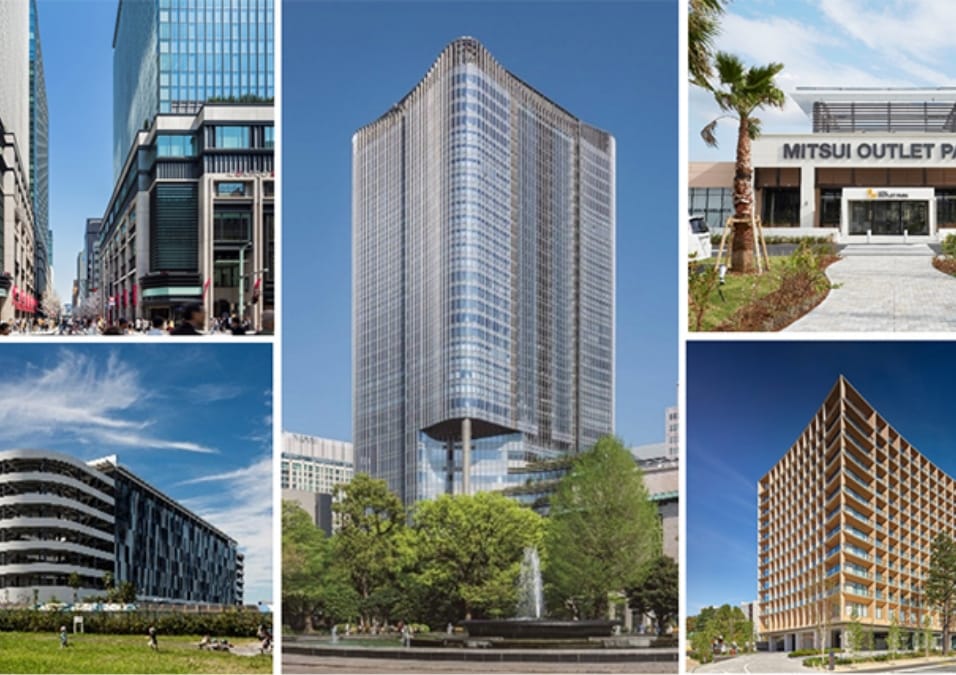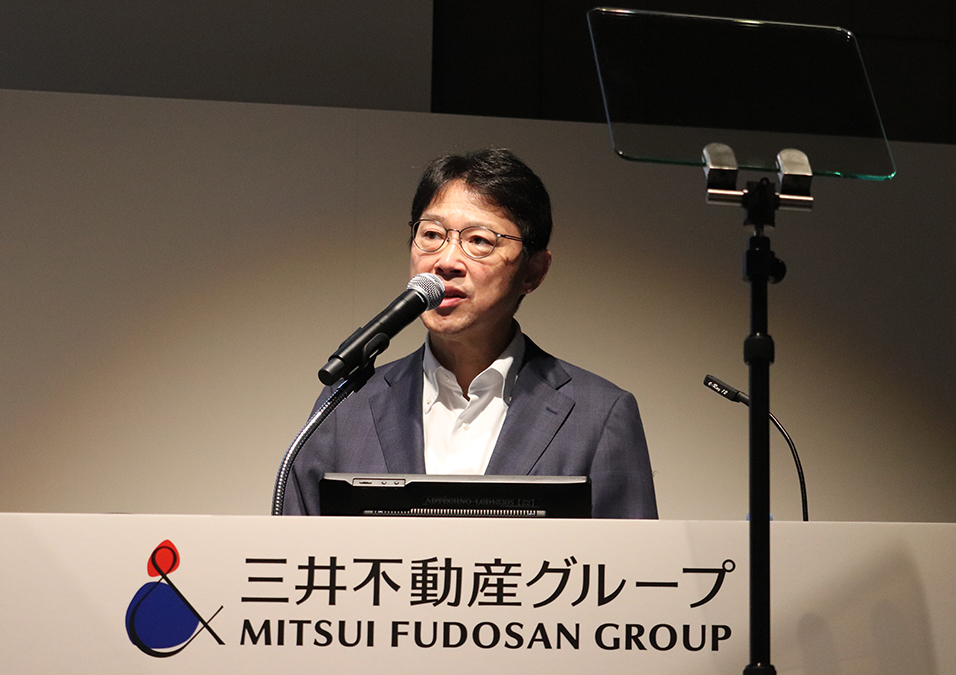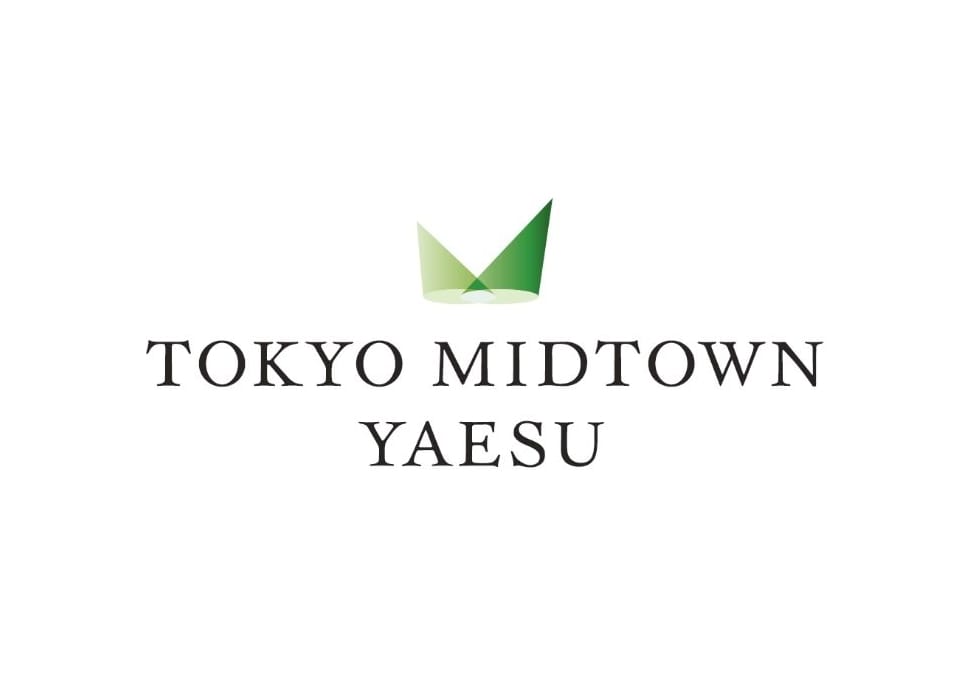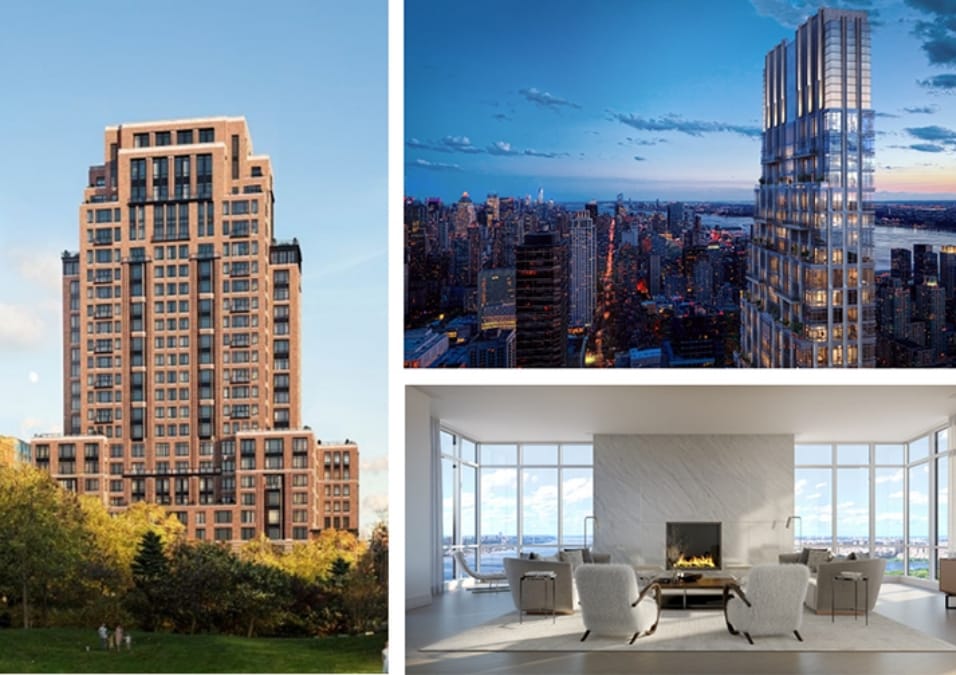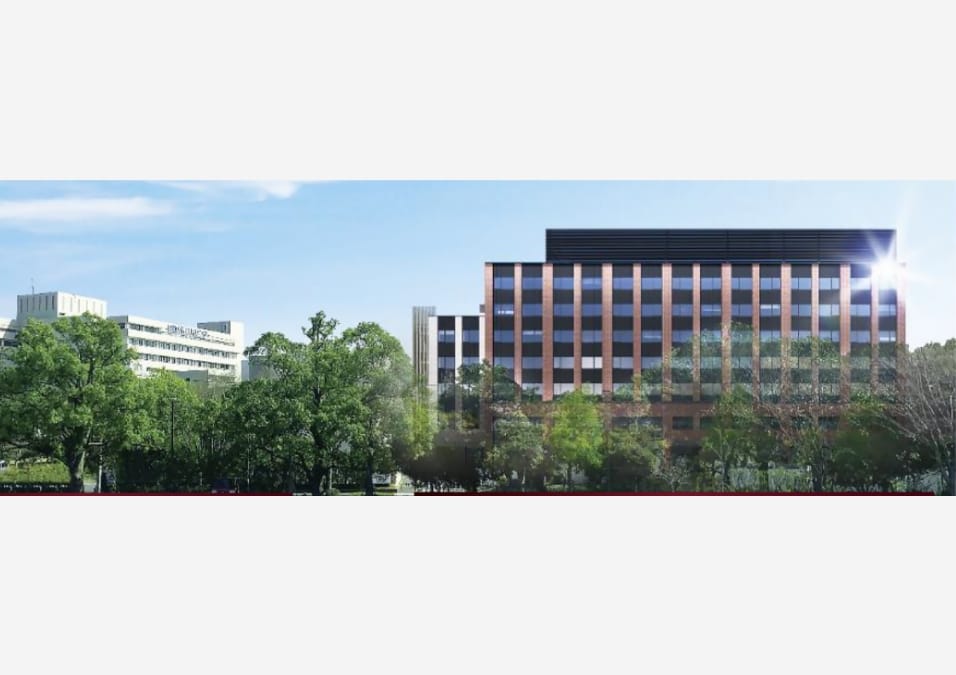Policy
There are concerns that the number of natural disasters resulting from climate change, itself caused by global warming, are on the rise, and that there are likely to be a whole range of adverse effects, including in the area of water resources. It is predicted that by 2050, around 40% or more of the global population could face severe water shortages and water-stress. Water quality and availability also impact on such areas as securing health and stable food supplies, the sustainability of energy, urban communities, employment, and ecosystems.
Paying attention to sustainable water management and conservation (including water use reduction and water recycling systems), based on our Group Environmental Policy, we have been developing buildings and creating neighborhoods that help preserve the water environment through measures like reducing water use or improving efficiency and replenishing subterranean aquifers. We will also preserve the water environment through water conservation and effective use of water resources via neighborhood creation together with our business partners, tenants of our property portfolio, stores, and customers.
Major Initiatives
Water Conservation
The Group installs water-saving equipment in newly constructed office buildings and retail facilities. We have also been switching to water-saving equipment in existing buildings when they are renovated, and are making efforts to conserve water during routine building management and operations together with our business partners, tenants, stores, and customers.
Adoption of Water-Saving Equipment
At Tokyo Midtown (Minato-ku, Tokyo), we are saving water by installing water-saving sanitary equipment, automatic faucets and similar facilities.
Large-scale renovation took place at MITSUI OUTLET PARK JAZZ DREAM NAGASHIMA (Kuwana City, Mie), and in the extended area we installed 49 ultra-water-saving toilets (flush volume 5.5 liters). LaLaport Toyosu (Koto-ku, Tokyo), LaLa Garden Kawaguchi (Kawaguchi City, Saitama), and Treage Shirahata (Fujisawa City, Kanagawa) are also upgrading to super water-saving equipment as they become due for renewal. At MIYASHITA PARK (Shibuya-ku, Tokyo), a commercial facility integrated with a park, WOSH, a water circulation type hand washing stand, was installed as part of hygiene measures.
The built-for-sale and rental condominiums and built-for-sale detached housing which Mitsui Fudosan Residential sell use water-saving toilets and bathing room shower heads with a water stop button.
Use of Well Water for Irrigation
To reduce the use of clean water, well water (ground water) is used to irrigate the greenery areas of Park City Kashiwa-no-ha Campus The Gate Tower (Kashiwa City, Chiba). Water used in this way returns to subterranean aquifers, helping to reduce the impact of water usage.
Use of Rainwater and Grey Water
Mitsui Fudosan aims to effectively use water resources by taking advantage of rainwater and grey water (processed wastewater) at its office buildings, retail properties and built-for-sale condominium buildings.
At TOKYO MIDTOWN HIBIYA (Chiyoda-ku, Tokyo), we collect rainwater and drainage water* from air-conditioners in a rainwater utilization tank (water storage capacity approximately 400m3), and after treatment use it as general service water for toilet flushing and similar purposes. We also use grey water, obtained by treating kitchen wastewater, miscellaneous wastewater, and cooling tower blowdown water, as general service water in the same way.
*Drainage water: Excess wastewater from humidifiers of air-conditioners, and water cooled and condensed on cooling pipes.
Letting Rainfall Reach the Ground and Preventing Rainfall Runoff
In our office buildings and retail facilities, we direct rainwater underground by utilizing water-permeable paving for parking lots, walkways, on-site roads, and external sections of the building. We also aim to preserve the water environment and prevent flooding with temporary storage tanks and flow adjustment ponds to prevent rainwater runoff in large volumes.
Water Stress Assessments
Using the World Resources Institute’s Aqueduct assessment tool, we conducted assessments of water stress and water risks. As a result, we found that none of our domestic properties were in regions where water risks were "high" or above. Conversely, some of our properties overseas were in regions where water risks were "high" or above. We will continue to conduct regular investigations and ensure appropriate water usage while consulting with the relevant parties.




























